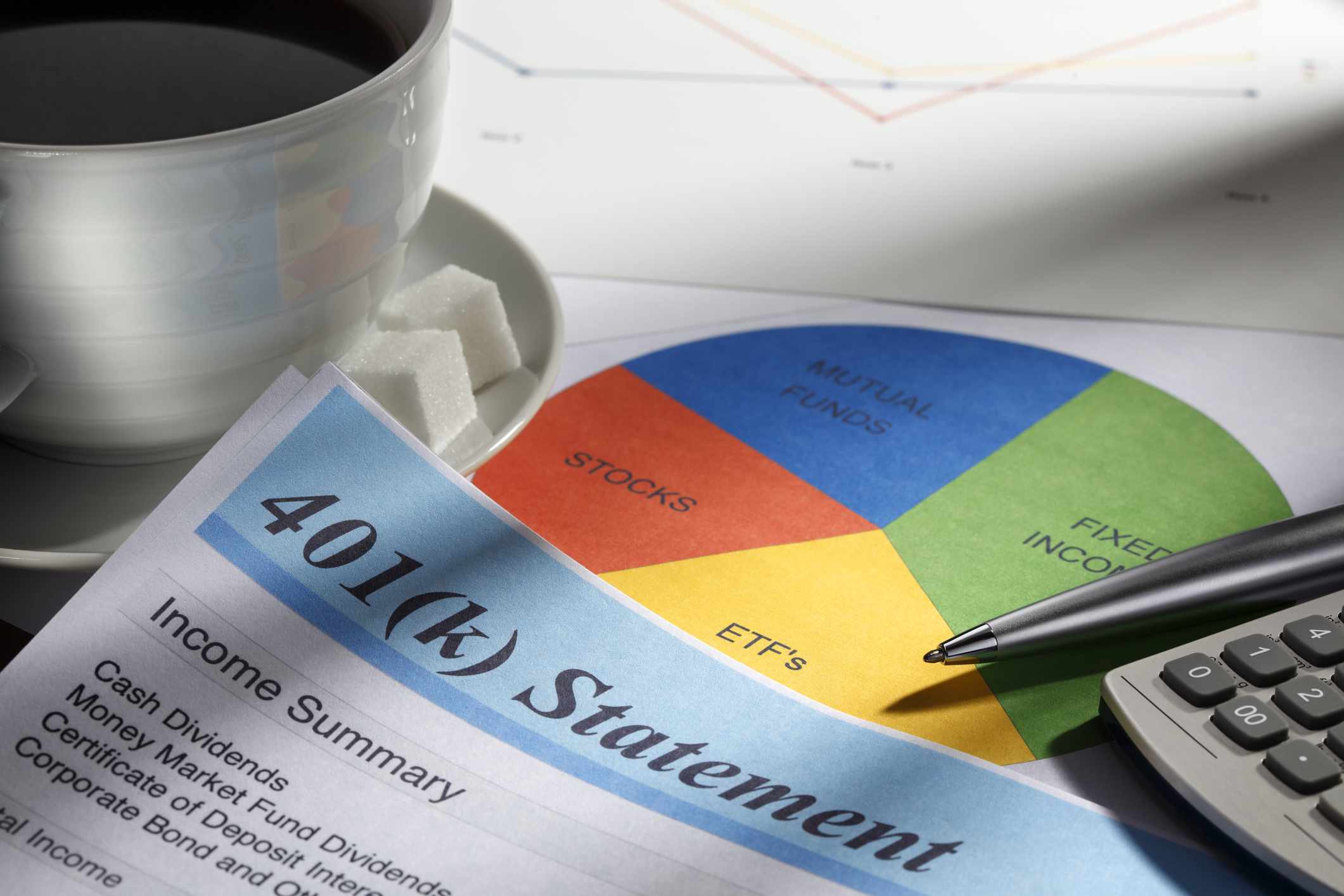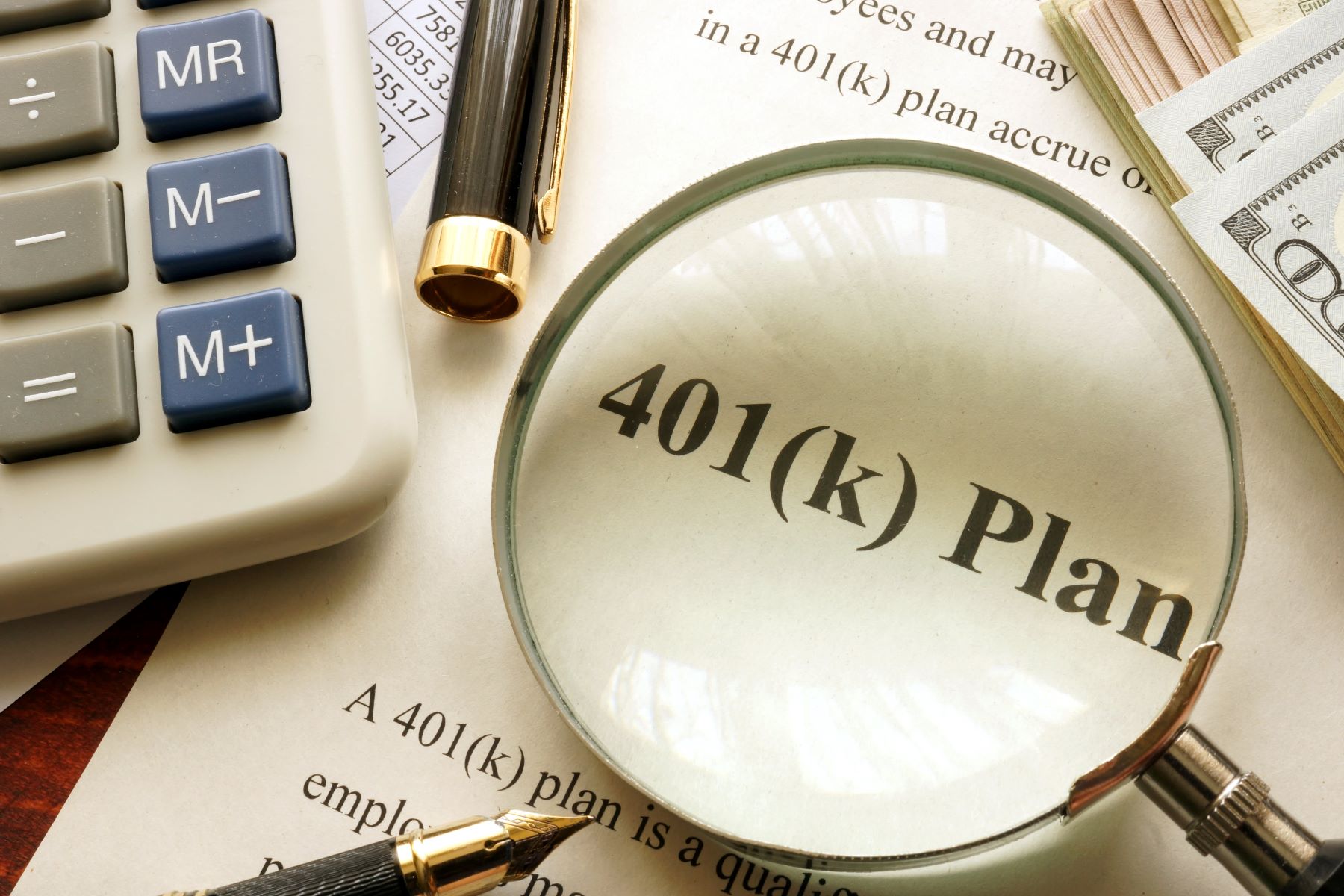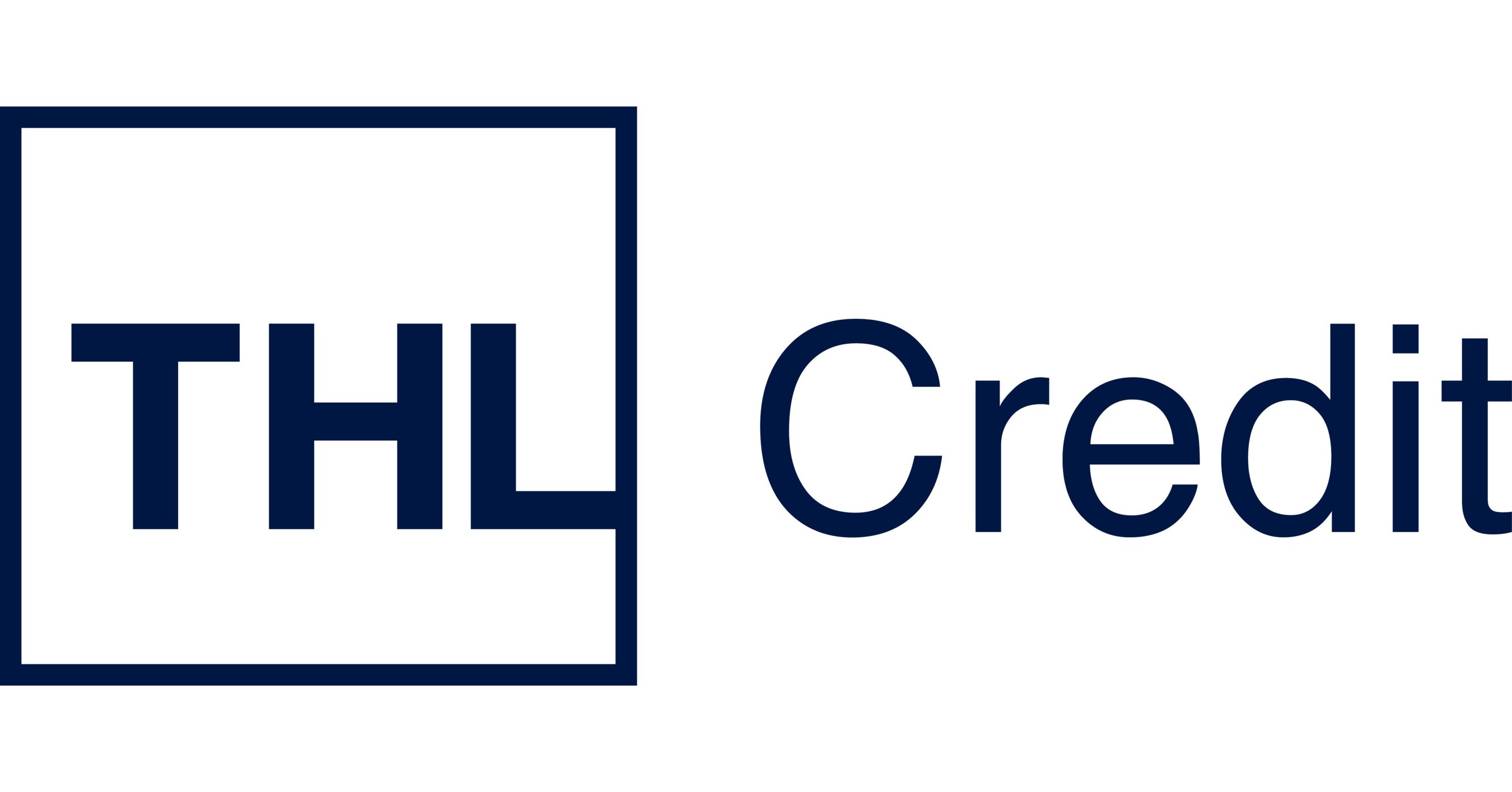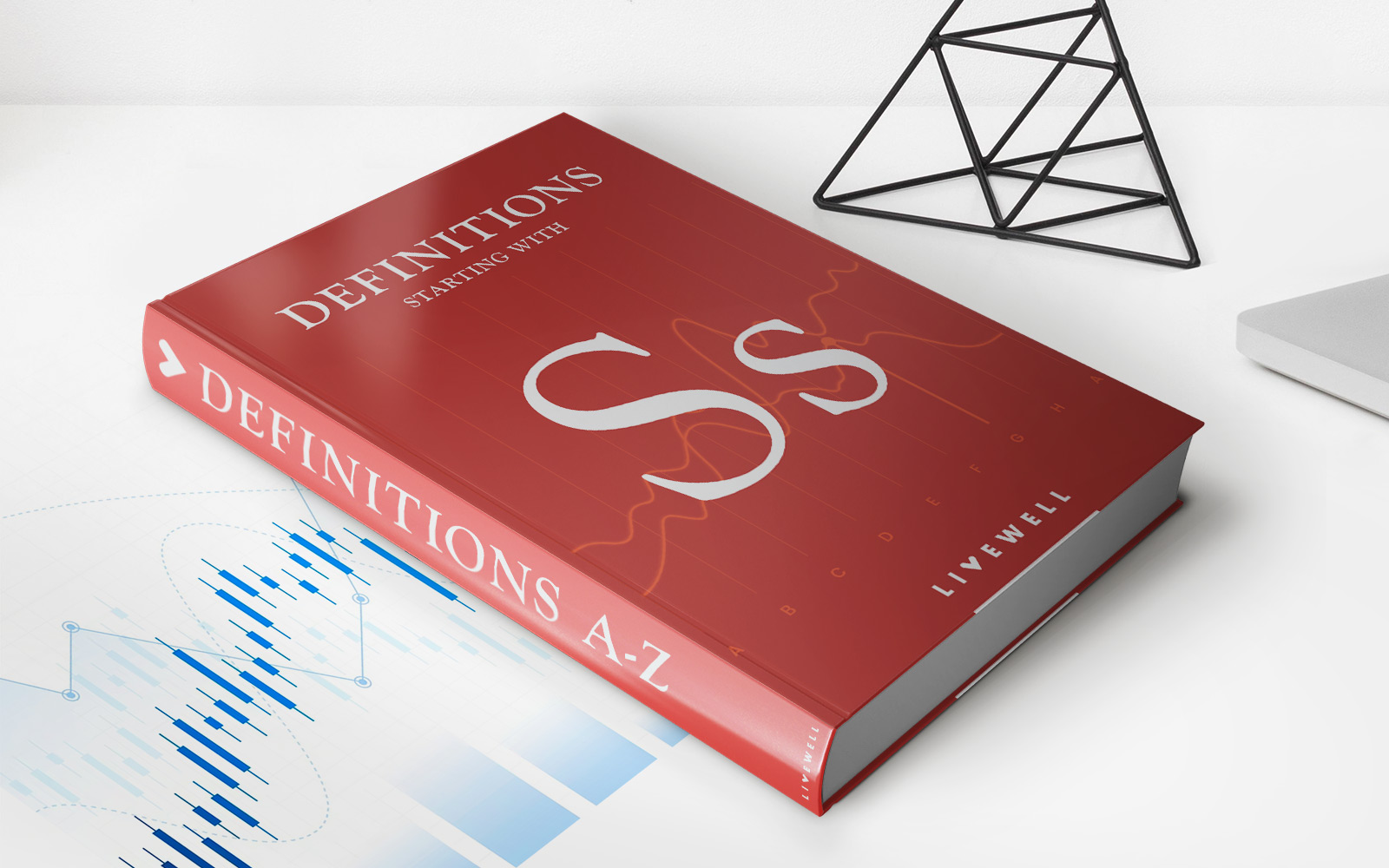

Finance
Who Is The Plan Administrator For A 401K
Modified: December 30, 2023
Discover who serves as the plan administrator for a 401K and gain financial insights. Enhance your knowledge about finance and retirement planning.
(Many of the links in this article redirect to a specific reviewed product. Your purchase of these products through affiliate links helps to generate commission for LiveWell, at no extra cost. Learn more)
Table of Contents
Introduction
When it comes to 401K plans, there are several key players involved in ensuring the smooth operation and administration of these retirement savings accounts. One of the most important roles is that of the Plan Administrator. The Plan Administrator plays a crucial role in managing the day-to-day operations of the 401K plan, ensuring compliance with regulatory requirements, and serving as a liaison between the plan participants, the employer, and the financial institutions involved.
In this article, we will delve into the role and responsibilities of the Plan Administrator for a 401K plan, the importance of this role in ensuring the effective management of the plan, and how to identify the Plan Administrator for your specific plan. We will also address some common questions that often arise regarding the Plan Administrator and shed light on their function within the larger scheme of a 401K plan.
Whether you are a plan participant trying to understand who is overseeing your retirement savings or an employer looking for guidance on selecting a suitable Plan Administrator, this article will provide valuable insights into the crucial role of the Plan Administrator in a 401K plan.
Understanding the Plan Administrator for a 401K
Before delving into the details of the Plan Administrator’s role, let’s start by understanding who they are and what their responsibilities entail. In simple terms, the Plan Administrator is the individual or entity responsible for overseeing and managing the 401K plan on behalf of the employer and the plan participants.
The Plan Administrator can be an individual, such as an employee within the employer’s HR or finance department, or it can be a third-party administrator (TPA) hired by the employer to handle the administrative tasks of the plan. In some cases, the employer themselves may take on the role of the Plan Administrator.
The primary function of the Plan Administrator is to ensure that the 401K plan is in compliance with all legal and regulatory requirements set forth by the Internal Revenue Service (IRS) and the Department of Labor (DOL). This includes adhering to contribution limits, maintaining accurate records, and submitting the necessary filings and reports to the relevant authorities.
Additionally, the Plan Administrator is responsible for overseeing the investment options available within the plan, communicating with plan participants, and handling the distribution of retirement benefits when an employee reaches retirement age or becomes eligible for a withdrawal.
It is important to note that the duties and responsibilities of the Plan Administrator can vary depending on the size and complexity of the 401K plan. In larger organizations, the Plan Administrator may have a dedicated team or department to assist with the administration of the plan, while in smaller companies, one person may handle all the administrative tasks.
Now that we have a basic understanding of the role and responsibilities of the Plan Administrator, let’s explore why this role is so crucial in the effective management of a 401K plan.
Role and Responsibilities of the Plan Administrator
The Plan Administrator plays a critical role in ensuring the smooth operation and compliance of a 401K plan. Their responsibilities encompass a wide range of tasks and duties that are essential for the successful management of the plan. Let’s explore some of the key roles and responsibilities of the Plan Administrator:
1. Plan Design and Implementation: The Plan Administrator is responsible for designing and implementing the structure and features of the 401K plan. This includes determining eligibility criteria, contribution limits, vesting schedules, and the investment options available to participants.
2. Regulatory Compliance: One of the primary responsibilities of the Plan Administrator is to ensure that the 401K plan is in compliance with all legal and regulatory requirements. This involves staying updated with the latest IRS and DOL rules, submitting necessary filings and reports, and conducting regular audits to ensure adherence to the established guidelines.
3. Recordkeeping and Administration: The Plan Administrator is responsible for maintaining accurate and up-to-date records of plan participants, contributions, investments, and distributions. They must also handle administrative tasks such as processing enrollment forms, updating beneficiary information, and providing timely communication to plan participants regarding plan changes, investment options, and retirement planning resources.
4. Communication and Education: The Plan Administrator plays a key role in educating plan participants about the benefits and features of the 401K plan. They must provide clear and concise information about contribution options, investment choices, and the process for accessing retirement funds. Communication efforts may include hosting educational seminars, providing online resources, and responding to participant inquiries.
5. Investment Oversight: Depending on the structure of the plan, the Plan Administrator may have the responsibility of selecting and monitoring the investment options offered within the 401K plan. This involves conducting due diligence, evaluating the performance and suitability of investment options, and making any necessary changes to the fund lineup.
6. Distribution and Rollover Process: When a participant becomes eligible for retirement or leaves the company, the Plan Administrator is responsible for facilitating the distribution or rollover of the participant’s retirement savings. This includes providing necessary paperwork, calculating vested amounts, and ensuring compliance with IRS regulations.
7. Fiduciary Responsibility: As the Plan Administrator, there is a fiduciary duty to act in the best interests of the plan participants. This involves making decisions that align with the participants’ long-term retirement goals, carefully selecting and monitoring service providers, and ensuring the plan operates in a transparent and fair manner.
8. Plan Governance: The Plan Administrator is responsible for establishing and maintaining a governance structure for the 401K plan. This may involve setting up an investment committee, conducting regular plan reviews, and implementing policies and procedures that promote the efficient and effective management of the plan.
Overall, the role of the Plan Administrator is multidimensional, requiring a deep understanding of retirement plan regulations, solid communication skills, and a commitment to ensuring the success and compliance of the 401K plan.
Importance of the Plan Administrator in 401K Plans
The Plan Administrator is a crucial figure in the effective management of a 401K plan. Their role and responsibilities have a direct impact on the success of the plan and the financial well-being of the plan participants. Let’s explore the importance of the Plan Administrator in 401K plans:
1. Compliance with Regulatory Requirements: One of the primary functions of the Plan Administrator is to ensure that the 401K plan remains in compliance with the strict regulations set forth by the IRS and DOL. Failure to adhere to these regulations can result in severe consequences, such as tax penalties and legal issues. The Plan Administrator’s expertise and vigilance ensure that the plan operates within the boundaries of the law.
2. Efficient and Transparent Plan Operations: The Plan Administrator plays a vital role in ensuring the smooth operation of the 401K plan. They handle administrative tasks, process contributions, update participant records, and provide timely communication to plan participants. By efficiently managing these operations, the Plan Administrator helps create an environment of transparency and reliability for plan participants.
3. Effective Investment Management: The Plan Administrator is often responsible for selecting and monitoring the investment options available within the plan. Their expertise in investment management helps ensure that the plan offers a diversified range of investment choices that align with the participants’ risk tolerance and long-term goals. This helps plan participants grow their retirement savings and maximize their investment returns.
4. Participant Education and Support: A key responsibility of the Plan Administrator is to educate plan participants about the benefits of the 401K plan and help them make informed decisions. By providing clear and concise information, hosting educational seminars, and offering resources, the Plan Administrator empowers participants to take control of their retirement savings and make choices that will positively impact their financial future.
5. Fiduciary Responsibility: As a fiduciary, the Plan Administrator has a legal obligation to act in the best interests of the plan participants. They must make decisions that prioritize the participants’ welfare and ensure that the plan operates in a fair and transparent manner. This fiduciary responsibility helps instill trust and confidence in the plan, enhancing the participants’ overall retirement experience.
6. Plan Governance and Oversight: The Plan Administrator plays a critical role in establishing and maintaining a governance structure for the 401K plan. This includes setting up an investment committee, conducting regular plan reviews, and implementing policies and procedures that promote accountability, transparency, and compliance. Effective plan governance ensures that the plan is managed responsibly and in alignment with the participants’ best interests.
7. Retirement Readiness: Ultimately, the Plan Administrator’s efforts contribute to the retirement readiness of plan participants. By diligently managing the plan, ensuring compliance, offering investment options, and providing education and support, the Plan Administrator helps participants build their retirement savings and feel confident in their financial future.
In summary, the Plan Administrator is a vital player in the successful operation of a 401K plan. Their expertise in regulatory compliance, efficient plan administration, investment management, participant education, fiduciary responsibility, and plan governance collectively contribute to the overall effectiveness and positive outcomes of the 401K plan for all its participants.
How to Identify the Plan Administrator for a 401K
Identifying the Plan Administrator for your 401K plan is crucial for understanding who is responsible for the day-to-day operations and management of your retirement savings. Here are some key steps to help you identify the Plan Administrator:
1. Review Plan Documents: Start by reviewing the plan documents provided by your employer. These documents, such as the Summary Plan Description (SPD) or Plan Document, often include information about the Plan Administrator. Look for sections or paragraphs that mention the role or responsibilities of the Plan Administrator. The contact information for the Plan Administrator may also be listed.
2. Contact your HR or Benefits Department: If the plan documents do not clearly identify the Plan Administrator, reach out to your employer’s HR or benefits department. They should be able to provide you with the necessary information, including the name, contact details, and role of the Plan Administrator. They may also be able to assist you with any questions or concerns related to your 401K plan.
3. Check Payroll or Benefits Statements: Your payroll or benefits statements may contain information about the Plan Administrator. Sometimes, the name or contact details of the Plan Administrator are included alongside your contribution information or on the statement itself. Take a close look at these documents to see if any information about the Plan Administrator is provided.
4. Contact the Financial Institution: If your 401K plan is administered by a financial institution, such as a bank or investment firm, contact them directly. They may be able to provide you with the contact information or assist you in reaching out to the Plan Administrator. They often work closely with the Plan Administrator and can help facilitate communication between the parties.
5. Conduct Online Research: In some cases, conducting online research can help identify the Plan Administrator. Search for your employer’s name along with keywords such as “Plan Administrator” or “401K administrator.” This may lead you to relevant information, such as the contact details or website of the Plan Administrator.
6. Review Plan Communications: Pay attention to any plan communications or notices that you receive. These may include emails, mailings, or online messages related to your 401K plan. The Plan Administrator’s contact information or updates about changes to the plan may be included in these communications. Review them carefully to gather any relevant details.
Remember, identifying the Plan Administrator is essential for any questions, concerns, or inquiries related to your 401K plan. They are the primary point of contact for the plan and can provide you with the necessary guidance and support. By following these steps, you can easily determine who the Plan Administrator is and how to reach out to them.
Common Questions about the Plan Administrator for a 401K
As the Plan Administrator plays a crucial role in the management of a 401K plan, it is common for plan participants and employers to have questions about their responsibilities and involvement. Here are some common questions that often arise regarding the Plan Administrator:
1. What is the role of the Plan Administrator in a 401K plan?
The Plan Administrator is responsible for overseeing the day-to-day operations, regulatory compliance, recordkeeping, investment oversight, participant education, and distribution process of the 401K plan. They serve as a liaison between the employer, plan participants, and financial institutions involved in the plan.
2. How is the Plan Administrator selected?
The selection of the Plan Administrator varies depending on the employer’s preferences. In some cases, an employee within the HR or finance department may take on the role. Alternatively, employers may hire a third-party administrator (TPA) to handle the administrative tasks of the plan. It is important for employers to choose a qualified and reputable individual or entity to fulfill the responsibilities of the Plan Administrator.
3. Can the Plan Administrator be changed?
Yes, the Plan Administrator can be changed. Employers have the flexibility to make changes to the Plan Administrator if needed. This can occur due to various factors, such as a change in the administrative needs of the plan, a shift in the organization’s structure, or a desire to work with a different TPA. Employers must follow the necessary procedures to make a formal change in the Plan Administrator.
4. How can I contact the Plan Administrator?
Your employer’s HR or benefits department should be able to provide you with the contact information for the Plan Administrator. This may include their name, phone number, email address, or a designated website where you can find relevant information. Additionally, your plan documents or statements may contain contact details for the Plan Administrator. Using these resources, you can reach out to the Plan Administrator with any questions or concerns related to your 401K plan.
5. What should I do if I have a complaint about the Plan Administrator?
If you have a complaint or concerns about the Plan Administrator, it is best to first address the issue with the employer’s HR department or a designated point of contact within the organization. They can help mediate the situation and provide guidance on how to proceed. If the issue cannot be resolved internally, you may consider filing a complaint with the appropriate regulatory authorities, such as the IRS or DOL, depending on the nature of the complaint.
6. Can the Plan Administrator provide financial advice or investment recommendations?
While the Plan Administrator can provide educational materials and general information about the 401K plan, they are generally not licensed to provide specific financial advice or investment recommendations. If you need personalized advice, it is best to seek the guidance of a qualified financial advisor who can analyze your individual circumstances and provide tailored recommendations.
7. How often should the Plan Administrator communicate with plan participants?
The frequency of communication between the Plan Administrator and plan participants can vary. However, the Plan Administrator should provide regular updates regarding changes to the plan, investment options, contribution limits, and other relevant information. Important updates should be communicated in a timely manner, and participants should have access to resources or educational materials to enhance their understanding of the plan.
Remember, if you have any specific questions or concerns about the Plan Administrator or your 401K plan, it is best to consult the appropriate resources and contact the Plan Administrator for accurate and detailed information.
Conclusion
The Plan Administrator plays a vital role in the effective management and administration of a 401K plan. From ensuring regulatory compliance to overseeing investment options and facilitating participant communication, the Plan Administrator is a crucial figure in the success of the plan.
By understanding the responsibilities of the Plan Administrator and how to identify them, both employers and plan participants can fully grasp the importance of their role and the impact they have on the retirement savings journey.
For employers, selecting a qualified and reputable Plan Administrator is essential. It is imperative to choose someone who has a deep understanding of the legal and regulatory landscape and can efficiently handle the day-to-day administrative tasks. This ensures the plan is operated in compliance with all regulatory requirements, enhances employee satisfaction, and reduces the risk of legal and financial repercussions.
For plan participants, the Plan Administrator serves as a valuable resource for understanding and navigating the 401K plan. They provide essential information about contribution limits, investment options, and distribution processes. Moreover, they play a pivotal role in fostering transparency, education, and participant support, empowering individuals to make informed decisions about their retirement savings.
It is essential for both employers and plan participants to maintain open lines of communication with the Plan Administrator. Any questions, concerns, or updates related to the plan should be addressed promptly to ensure compliance, resolve issues, and enhance the overall experience of the 401K plan.
In conclusion, the Plan Administrator is a key player in the success of a 401K plan. Their role in managing plan operations, ensuring compliance, providing education, and supporting participants is instrumental in creating a robust retirement savings vehicle. By understanding the importance of the Plan Administrator and their responsibilities, employers and plan participants can actively engage in optimizing their 401K plan for a secure financial future.














